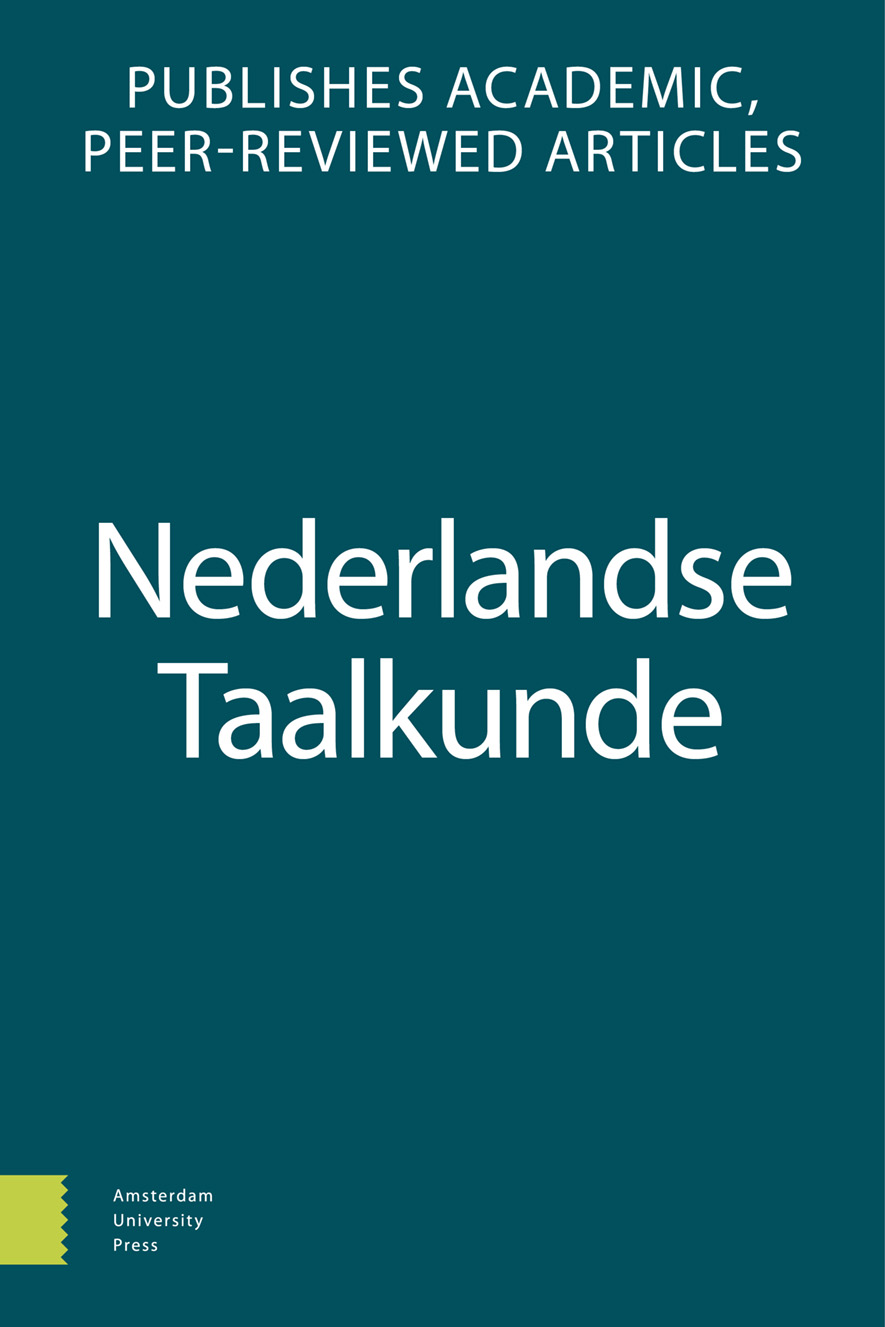
Full text loading...
The canonical view on Dutch scrambling in the syntactic literature is that it is subject to information-structural conditions: “new” information is located in a right-peripheral position in the middle field (Jan heeft waarschijnlijk het boek gelezen ‘Jan has probably read the book’) while given information is located in a more leftward position (Jan heeft het boek waarschijnlijk gelezen); see e.g. Verhagen (1986), Neeleman (1994a/b), and Broekhuis (2008). The generally accepted idea that scrambling of “given” definite NP-objects is obligatory was contradicted in Van der Does & De Hoop (1998). Subsequent studies attempted to resolve this intuition conflict through corpus and experimental studies. This article critically reviews these studies and concludes that their results are unsuitable for evaluating the claim made in current generative grammar that object scrambling involves A-movement of the object into its case position (Broekhuis 2009/2020). The article ends with recommendations that can help overcome this shortcoming.

Article metrics loading...

Full text loading...
References


Data & Media loading...

